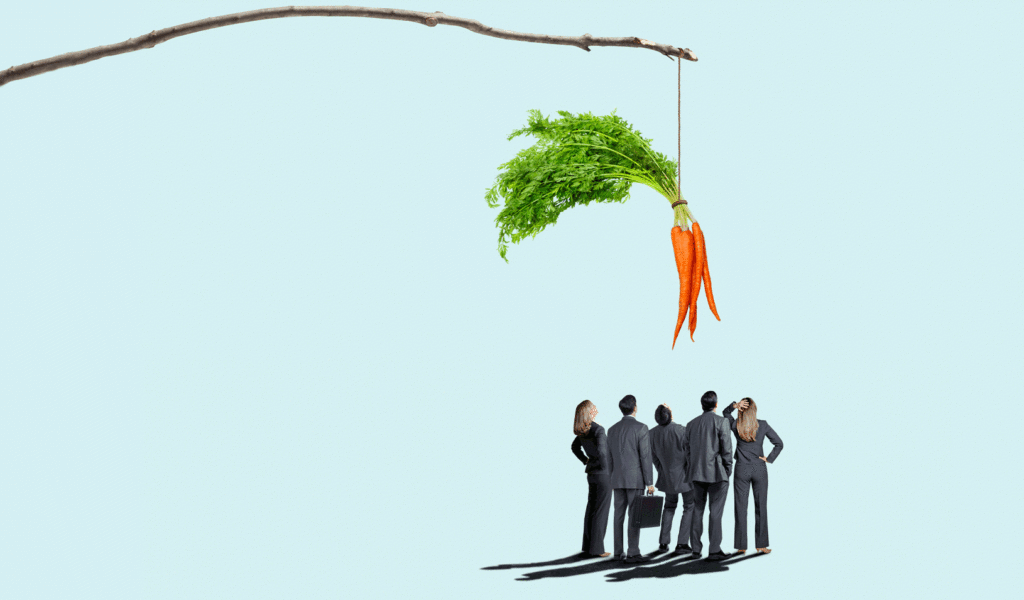Sustainable Supply Chains Helped Companies Endure the Pandemic

A survey of more than 350 firms finds that resilience is an important byproduct of sustainability.
(Stanford Business) – The COVID-19 pandemic put the fundamentals of economics front and center. As global supply chains were disrupted early last year, inventories ran short and prices rose. Yet even when things seemed to be falling apart, many businesses didn’t just fall back on the basics of supply and demand. Instead, they doubled down on making their supply chains more sustainable, a move that contributed to their survival, according to a survey of executives.
The Sustainable Procurement Barometer, which is based on a survey of buyers and sellers from more than 350 companies, found that even as firms negotiated the challenges of the pandemic, most remained committed to integrating sustainability into their supply chains. In some cases, companies even increased that commitment.
That proved to be a worthwhile investment, helping companies that prioritized values like labor rights, human rights, and environmental protections across their supply base weather the pandemic better than they might have if they’d focused solely on profit margins.
“Sustainability and sustainable procurement practices actually help companies improve their resilience and reduce risk,” says Barchi Gillai, associate director of the Value Chain Innovation Initiative at Stanford Graduate School of Business and coauthor of the report. Because sustainable procurement requires greater visibility into suppliers’ practices and encourages collaboration between suppliers and buyers, these programs can make it easier to quickly assess and respond to crises. “Everyone benefits,” she says.
The biennial report, which has measured companies’ attitudes towards sustainable procurement every two years since 2007, surveyed suppliers and buyers worldwide, from small companies to large multinationals. The respondents represent a range of industries including manufacturing, chemical, pharmaceuticals, software, and transportation.
Here are three takeaways from the survey and one piece that’s still missing from the movement to make supply chain sustainability more than a catchphrase.
Sustainability: Here to Stay
For a long time, profit dictated how companies would act. Instead of only examining the bottom line, sustainable procurement causes companies to consider such issues as their suppliers’ environmental impact, records on human and labor rights, and business ethics. “It’s about pursuing goals beyond the standard ones of growth and profitability: doing something for the common good,” Gillai says.
These values are more than just a fad. This year, 63% of those surveyed rated “delivering on corporate sustainability goals” as one of the key desired outcomes of their procurement programs, nearly triple the number that prioritized this outcome just two years ago. At the same time, the emphasis on costs has decreased. Around one-third of the companies said reducing costs is a critically important goal of their sustainable procurement program, compared to 56% in 2019.
These trends aren’t limited to large corporations. Mid-size companies also reported increased interest in using sustainable supply chain practices, despite having fewer tools and less capital to make those investments. Despite having fewer resources, mid-size companies saw significant gains from these programs and the report notes that a number of them were identified as leaders in sustainable procurement practices.QuoteIt’s about pursuing other goals beyond the standard ones of growth and profitability: doing something for the common good.AttributionBarchi Gillai
What’s more, 63% of buyers and 73% of suppliers reported that sustainable procurement practices helped them endure the pandemic. Gillai says it was a nice surprise to see that so few companies had abandoned sustainability goals even during the turmoil and unpredictability of the past year and a half. “It really goes to show that companies see the benefits in those programs,” she says.
Sticking with Carrots
Often, ethical behavior is enforced by the threat of fines or other legal penalties that compel suppliers to meet environmental standards or pay workers a minimum wage. But Hau Lee, codirector of the Value Chain Innovation Initiative and coauthor of the report, says official sanctions can only go so far. “The stick is not enough,” he says. “You have to use the carrot.”
The carrots could be bigger orders, better prices, or longer-term contracts. “Corporations are much more effective at providing incentives,” says Lee, a professor of operations, information, and technology at Stanford GSB. As examples, he points to Starbucks, which offered to pay above-market prices to coffee farms that could show they were making improvements in environmental and social responsibility, and Nike, which worked with its suppliers to improve productivity at their factories by improving the lives of workers. When productivity went up, compliance with Nike’s sustainability goals increased as well because the factory owners had no incentive to violate the rules.
Convincing suppliers to be transparent about their practices can be a challenge. But the promise of preferential treatment can encourage them to be accountable and make necessary improvements, Gillai explains. “This focuses more on the positive,” she says. “How can we help you? How can we partner with you? What will motivate you to improve your performance? Those kinds of positive incentives are really helpful.”
More than half of the suppliers in the survey reported that their motivation to pursue sustainability was market-driven, either because they wanted to increase revenue or protect their existing business.
You Get What You Give
The numbers paint a compelling picture, but it still can be hard for companies to start their own sustainable procurement programs. Executives may be unsure how these principles relate to their business or are intimidated by the prospect of overturning business as usual.
By highlighting the work of a group of 27 “sustainable procurement leaders,” Gillai and Lee hope to provide a guide to some best practices for incorporating sustainability into the supply chain.
One important lesson, says Gillai, is that these leading organizations use sustainability criteria throughout their engagement with suppliers. Rather than just checking a box that shows a supplier fulfills certain criteria, leaders keep returning to those expectations — from the first time a supplier bids for a contract through to annual assessments and incentive programs.
These companies also use a wider variety of tools and strategies to make sure their sustainability goals are reached. That includes some mix of proactive tactics like supplier training programs and guidelines for best practices along with more reactive solutions like audit programs.
In return for their greater emphasis on, and investment in, sustainability, these leaders also saw greater benefits across the board. A full 85% of the sustainable procurement leaders reported these practices helped them mitigate risk, compared with only 59% of “non-leaders.” Similarly, 59% of leaders reported increased sales revenue based on their improved reputation, which was nearly double that of the non-leaders who reported an increase. More leaders also saw greater resiliency in their supply chains, reduced costs, and improved talent retention and productivity.
“You can definitely see the relationship between having a more mature program and investing more and reaping higher levels of benefits,” says Gillai. “That’s a nice thing to know and helps companies to inspire them to invest more in this area.”
The Missing Link: Consumers
Just like companies, customers have to put their money where their mouths are if they truly value sustainability. Consumer pressure has spurred the sustainability movement but that pressure isn’t as consistent or as powerful as it could be. “The final missing part is the consumers,” Lee says. “They all say they care, but if they discover a product that’s 5% or 10% cheaper, they buy.”
When customers see bargain basement prices, Lee says they need to be more thoughtful about why those prices are so low and check to see if the products were made under poor factory conditions or environmental degradation, and if so, whether they are worth the savings.
Lee says improving transparency is only part of the challenge. Once companies and consumers have the information they need to make informed choices, they must be willing to change their behaviors based on that data. That means companies need to be prepared to drop suppliers who fail to meet their standards, while consumers have to be ready to pay a little more for products that come out of those improved standards.
“Transparency enables us to know,” says Lee. “But then we have to act.”












